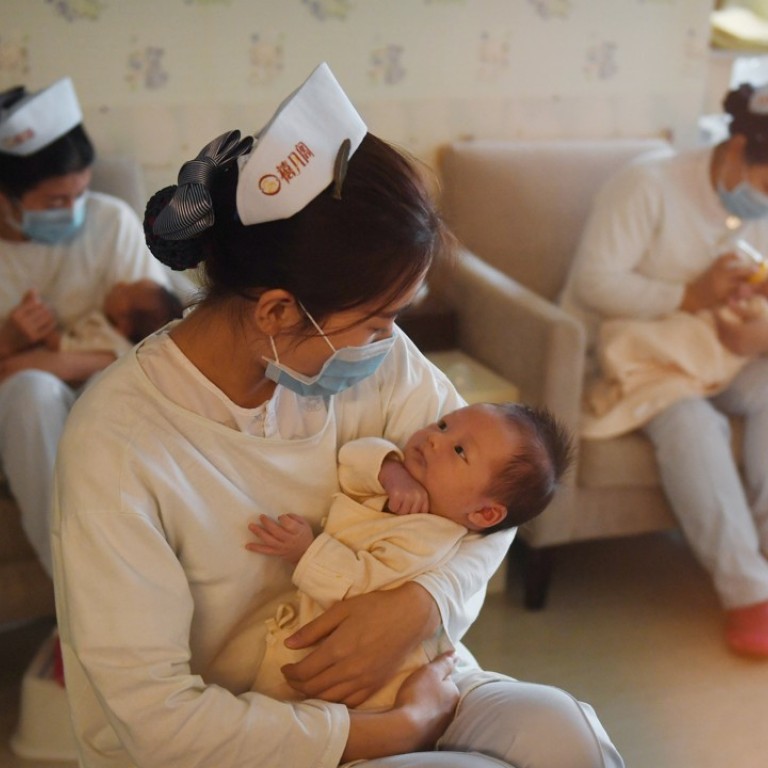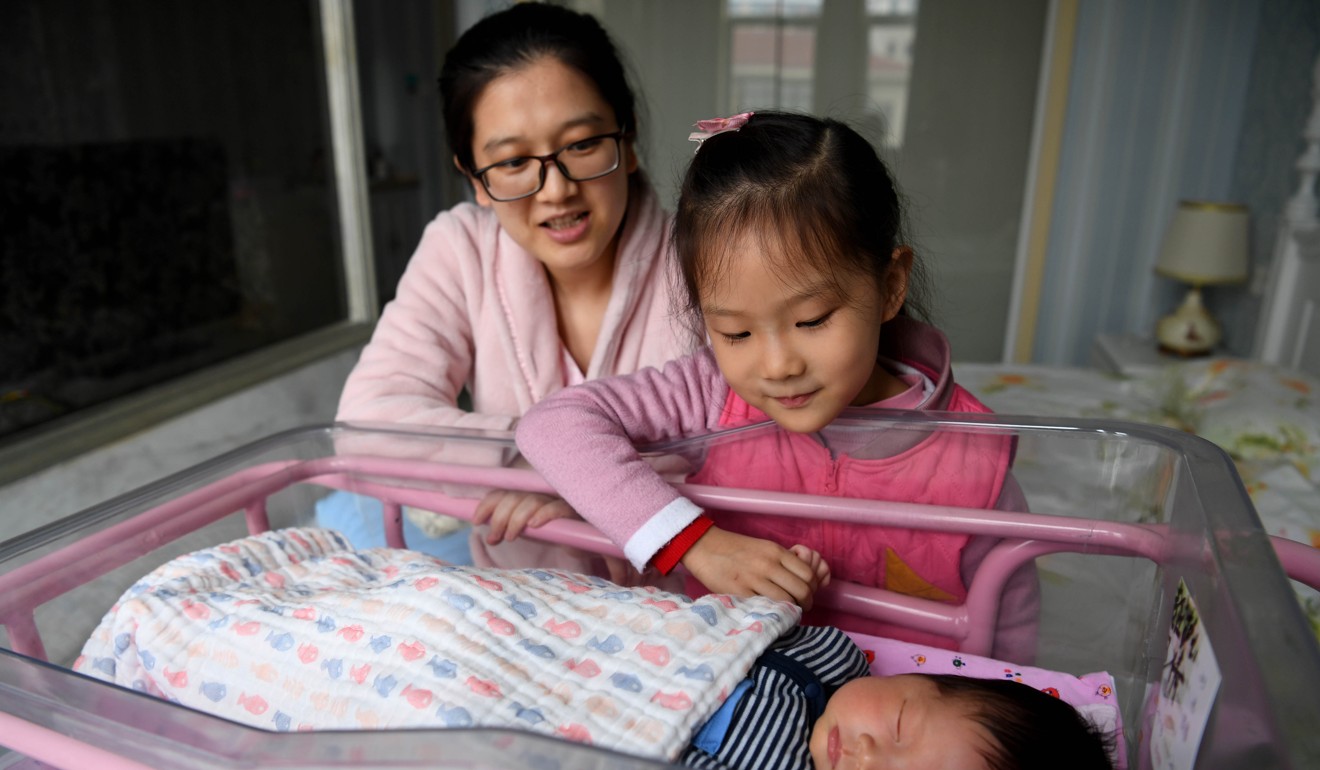Advertisement
Advertisement

Does China actually need more children to replace its declining working-age population?
Paul Yip says that since previous efforts to raise China’s birth rate have fallen short, a smarter, more productive workforce and investment in technology should be promoted to counter the decline
Of China’s 1.4 billion people, about 16.8 per cent are aged 60 or above. Worse, the working-age population (from 16-59) shrank – for the fifth year in a row – to 907 million in 2016, from almost 911 million a year earlier.
The one-child policy was enacted in 1979 to slow burdensome population growth, but in 2015 Beijing relaxed the restriction due to the rapidly ageing society. Yet, according to statistics in 2017 from the National Health and Family Planning Commission, the number of new births fell yet again, to 17.23 million from 17.86 million in 2016.
Some Chinese Academy of Social Sciences scholars have appealed to get rid of population controls entirely. Previous studies have suggested that increasing the number of first births should be effective in raising the number of children, as married women without children should have a higher propensity to have a child. But the latest statistics suggest that married women without children delay or even forgo having a child. The financial burden of raising families in China is the major barrier preventing couples from having more children, so having a second child has lost its appeal.
So far, improvements in productivity over the past two decades have helped mitigate the pressure of ageing on economic growth. Having a small family has become the norm in China, with or without the one-child policy. According to UN statistics, the fertility rates in the major cities of Shanghai (0.7)and Beijing (0.9) are well below the replacement level of 2.1. Given that Chinese government efforts to reverse the decline in births may not be effective, it would perhaps be better to improve the productivity of workers so fewer people are needed in the production process.

Beijing’s population drops for first time since 2000 as migrants are driven out
Certainly, families who would like and can afford more children should be allowed to have them, and helping women achieve their ideal family size is important, especially for professionals.
Nevertheless, by investing in education, strategic training and creating more work opportunities for young people to excel, population development in China should be more promising than in neighbouring countries. India, for example, has a total fertility rate of 2.43 per woman , a rate that China cannot compete with. Yet India also has an overabundance of young people with low levels of education and employment opportunities. The quality of workers and technology can help China become a country that is a global power by 2050.
Is China going down the same path as Japan with its ageing population?
Social and public policies must be responsive to community needs. This is how President Xi Jinping’s goals for the country can be achieved.
Paul Yip is chair professor in the Department of Social Work and Social Administration at the University of Hong Kong
This article appeared in the South China Morning Post print edition as: Does China need more babies?

Post
